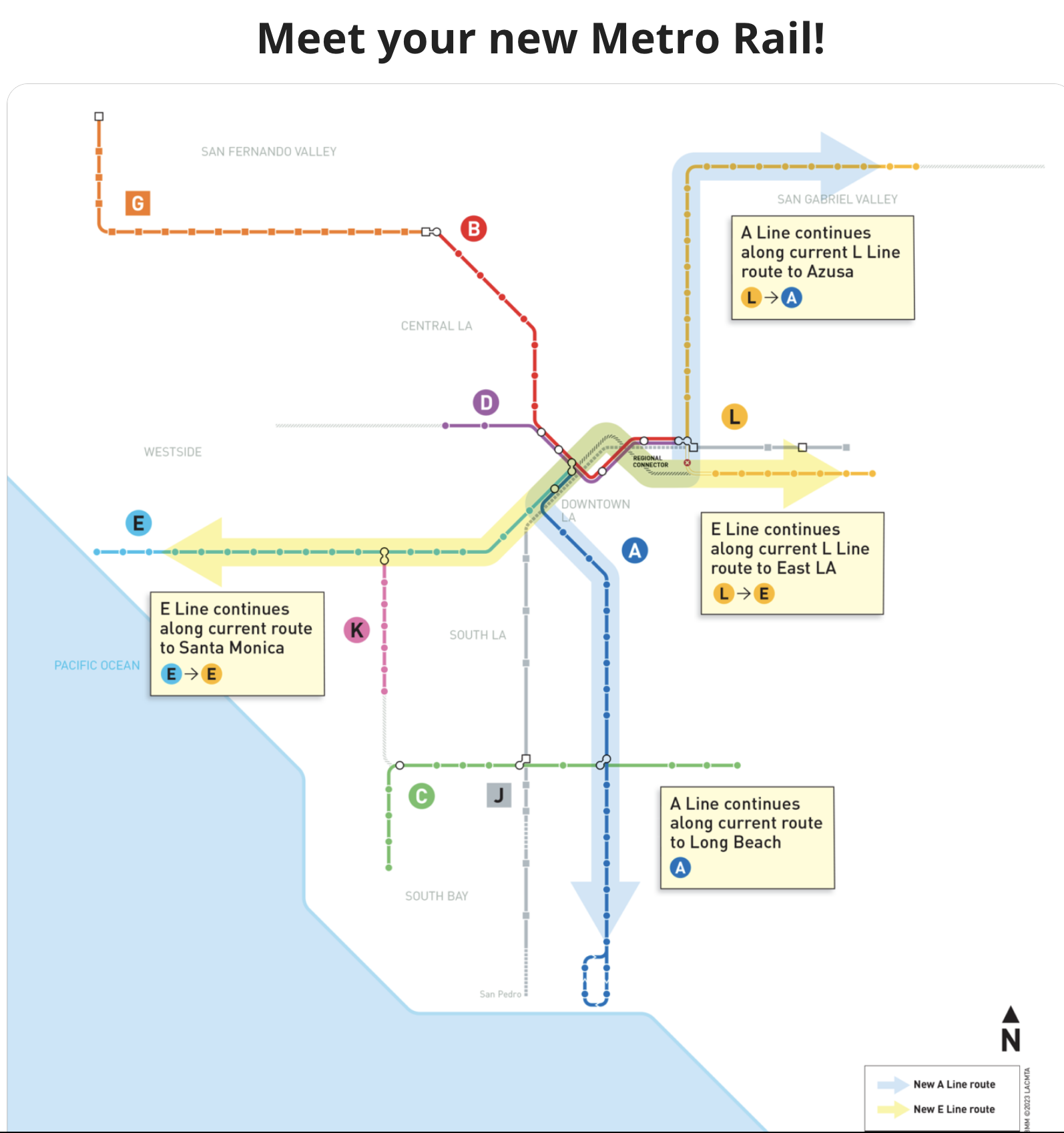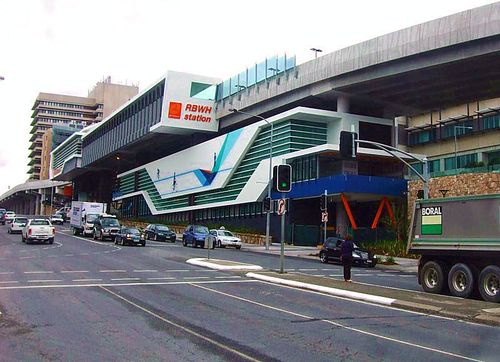Thirty years ago next week, on Labor Day Weekend 1982, the role of public transit in Portland was utterly transformed in ways that everyone today takes for granted. It was an epic struggle, one worth remembering and honoring.
I’m not talking about the MAX light rail (LRT) system, whose first line opened in 1986. I’m talking about the grid of frequent bus lines, without which MAX would have been inaccessible, and without which you would still be going into downtown Portland to travel between two points on the eastside. (Full map here.)
 \
\
What did it look like before 1982? Here’s a bit of the 1970 network (full map here).

The 1970 network consisted of bus routes radiating from downtown across the gridded eastside, which constitutes about 3/4 of Portland. If you were anywhere on this network, you had a direct bus downtown — a slow, circuitous, and infrequent bus. Very few routes ran better than every 30 minutes during the day. Only two routes ran north-south across the east side, and both were too infrequent to transfer to, so you couldn’t really use them unless both ends of your trip were on them.
How did the 1982 network transform the possibilities of mobility in the city?
- The old network was solely about going downtown. The new network was about going anywhere you wanted to go.
- The old network was infrequent. The new network required easy connections, so it was designed to run at high frequency (most lines every 15 minutes or better all day). Remember: Frequency is freedom!
- The old network was wasteful, as many overlapping lines converged on downtown. The new network was efficient, with little overlap between lines, and with lines spaced further apart to the extent that the street network allowed. This is how the resources were found to increase frequency so much.
- The old network was complicated, with routes often zigzagging from one street to another. The new network was simpler, easy to keep in your head. Many streets that were formerly served by a patchwork of overlapping routes, such as Division, now had a single route from end to end, so that you needed only remember “the Division bus.” Transit became an intrinsic part of the street.
If you’re in a hurry, skip to “Thank a Planner!” below. But if you have a couple of minutes, let’s explore more deeply how the grid transformed Portland, and why it was so controversial at the time.
In both maps above, that wavy line across the middle of eastside Portland is the Banfield Freeway, where the first and backbone line of the MAX light rail system runs today. In the 1970 image, look for the line marked “1” extending north from the Banfield in the middle of the image. This is NE 42nd Avenue (a bit of which is labeled 41st, but don’t let that distract you).
In the old network the bus line along 42nd came from the north edge of the city, once an hour. Partway down it merged with another branch, to form 30-minute frequency. When it approached the Banfield, it turned west and zigzagged into the city via the Lloyd district. Once it turned west off of 42nd, it was duplicating other routes the whole way. If you wanted to go somewhere else on the eastside, the bus was not much use. Frequencies were poor so it was very hard to make a trip involving multiple routes.
If you lived on NE 42nd in 1982, you were confronted with massive change, the sort of change that makes people scream. Never again would you have a direct bus to downtown Portland. Now you would be on the new 75, which would run continuously north-south all the way across the city. And if you wanted to go downtown, you would have to transfer (as we called it in those days).
But on the bright side, the 75 would run every 15 minutes, so transfering wasn’t hard. And in return, you got all the other benefits of a frequent routes that would let you connect quickly to reach destinations all over the east and north sides of the city, without going downtown.
This is always a tough sell, because many people value transit only for the commute downtown. These people tend to complain when the network is optmized to serve many kinds of trip at once, which is exactly what the grid does. A frequent grid is the ultimate in versatility, equity and freedom. It does not pick favored destinations for favored markets. Instead, it delivers anywhere-to-anywhere mobility for wherever you might want to go. Today, the non-downtown elements of the grid, especially 72 and 75, are among TriMet’s most productive lines.
The grid redefined the role of transit in serving Portland’s livability objectives. When you think of everything that makes Portland both livable and culturally distinctive, you’re probably thinking about the historically dense and gridded part of the city. This is where almost every cool urbanist outcome of the last 30 years — from food carts to bike lanes to office-over-retail — has sprouted and thrived most successfully. Rail gets all the press, but the MAX light rail line would not have worked without this grid to connect with it. (The reverse is not true: the grid worked well for four years before the MAX line opened, though MAX was certainly an improvement that achieved further ridership payoffs.) As Gregory Thompson and Jeffrey Brown put it in a recent paper :
If the 1983 and 1986 restructurings had not happened, LRT would have been a competitor with the CBD-focused, poor quality parallel bus routes that already were there, and there would have been no high quality bus routes intersecting the LRT at right angles. Portland would have enjoyed much less patronage than it has since experienced on both its LRT and bus routes.
Where did all the money for the new high-frequency crosstown lines come from? Removing duplication. Look again at the your ride on 1970’s route 1. Once it turned west off of 42nd, it duplicated other routes the entire way into downtown. Now look closely at the routes approaching downtown from further south in the old map. They ran on so many closely-spaced parallel streets that they were effectively duplicating one another as well, wasting service. The grid plan found many resources by removing these duplications and moving to wider and more consistent spacing of lines across the whole city. In the same process,the grid introduced the idea that it’s OK to walk further to a more frequent and useful service — the foundation for transit’s link with walking (and with all of walking’s public health outcomes) today.
The grid was also a radical simplification, making it easier for people to keep the network map in their heads. Now, bus lines would often follow the same street from end-to-end, so you could remember easily that there’s a Division Street bus, say, and an 82nd Avenue bus. In the old network, if you wanted to go from 20th & Division to 82nd & Division, you had to go downtown and back, because these two parts of Division were covered by different routes. The beauty of the grid is that your transit directions are sometimes as simply as walking or driving directions: “Take the Division bus out to 82nd, then take the 82nd bus south.” The transit lines are just part of the street.
Imagine, in 1982, the struggle involved in implementing this. Vast numbers of people lost their direct bus to downtown, at a time when going downtown seemed like the only purpose of transit to many existing riders. Transit agencies tend to listen most to their existing riders, who have adapted their lives to the system as it is, so it takes real courage for them to seek new markets instead of just catering to the existing ones. Imagine the disruption, the rage, the recriminations, not to mention the apathy from people for whom buses just don’t matter, no matter what they’re achieving.
Thank a planner!
If you can imagine how hard this was, consider thanking the planners who took all this abuse and persisted in pushing the plan through, because they believed in everywhere-to-everywhere networks and knew this would work if it were tried. I’m especially thinking of:
- Ken Zatarain, who was a TriMet service planner at the time and who is still at the agency. Thank him at: ken dot zatarain at wsp.org.
- Thomas G. Matoff, the single most important mentor in my own transit career, and probably the critical player in pushing the grid through. Tom, who was service planning manager and thus Ken’s boss, was an eloquent, passionate and persistent advocate for the grid both inside and outside the agency. He was the first person I’ve met, and one of the few I’ve known, who could convey how essential network design is to the life, joy, and prosperity of a city. Tom went on to be General Manager of Sacramento Regional Transit and is now working on the Sonoma-Marin rail project in California. Thank him at: tmatoff at ltk dot org .
I’m dead serious: If you value being able to get around Portland in all directions, thank them. In other words, do one of these things:
- shoot emails of appreciation to the three emails above, copied to me (jarrett AT jarrettwalker DOT net), with “Thanks for the grid” in the subject line, or
- leave a comment here, or
- say something on Twitter with the hashtag #PDXGrid .
You might also ask the two mayoral candidates about how important the frequent grid is to their vision of the city, and whether they think it should be enhanced.
Why does this matter? Because even today, there’s disagreement in Portland about important the frequent grid is, or even whether a complete everywhere-to-everywhere network (which requires high-frequency buses as well as rail) should be a priority at all. Some view the grid as unimportant, for example, because they view bus service as unimportant.
Purists might argue that the grid never made it to its 30th birthday, but rather perished at 27 in 2009. That was the year that TriMet cut all-day frequencies below the 15-minute threshhold that is widely accepted as the definition of “frequent enough that you can use it spontaneously, without building your life around the timetable.” Since the grid relies on easy connections to achieve its goal of easy anywhere-to-anywhere access, the 2009 cuts began to undermine the whole idea of the grid. TriMet avoided doing this in its first round of cutting after the crash, but felt it had no alternative in the second 2009 round.
Will the grid ever be restored to its necessary frequency? Will it ever be expanded and enriched (as regional land use planning generally assumes it must be) with even better frequencies? Not everyone in Portland thinks this is a priority, so you might want to express your view.
More on the history and spectacular outcomes of the grid if you click below. But even if you don’t click, thank a planner!
Continue Reading →


